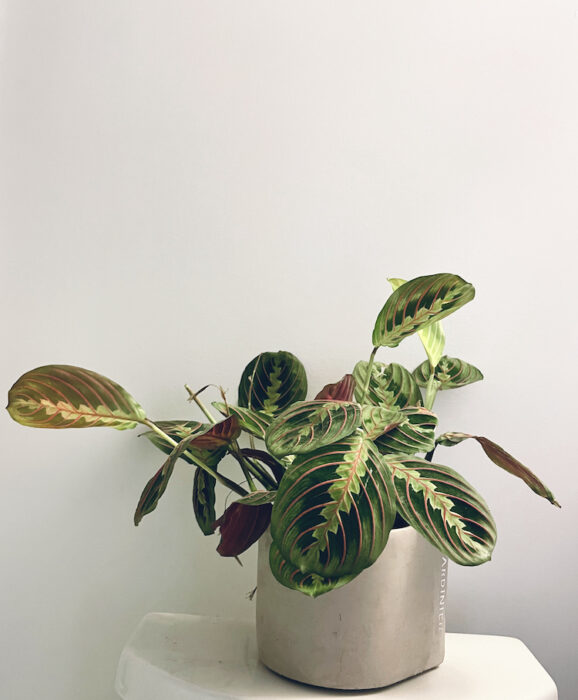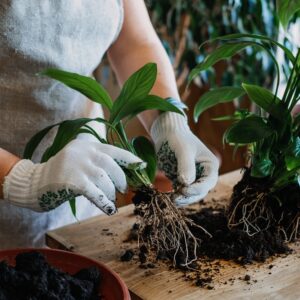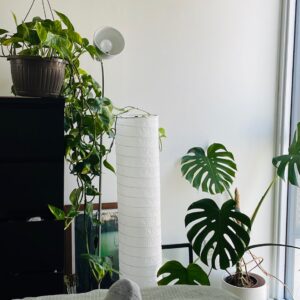
People pray to give thanks, ask for help, reduce stress, request healing, and a whole lot more. But when it comes to a sick maranta leuconeur, prayer might not be enough.
Maranta leuconeur, aka prayer plants, are unique for their nyctinasty. The daily movements of these plants look as if the plant is folding its ‘hands’ in prayer before bedtime. Several plants in this family move their leaves up at nighttime and lower them during the day according to a circadian rhythm.
These houseplants move their leaves by changing the water pressure in the swollen nodes at the base of the leaf called pulvini. According to thesill.com these movements are said to follow the sun’s movement in the sky in order to make the most of the light available each day.
As pretty and interesting as these plants can be, also referred to as calatheas, they are not the easiest plant to care for. Native to South America, particularly Brazil, these plants do best in high humidity, low-light conditions, and moist but well-draining soil.
“They do produce blooms in early spring, although rarely when kept as indoor plants. Prayer plants are only hardy outdoors in USDA Hardiness Zones 11–12, and their growing season is from early spring through fall,” reads a MasterClass article on prayer plants, adding that they make great house plants any time of year.
Here’s how to revive a sick prayer plant and ways you can keep a healthy prayer plant praying.
Don’t overwater: Surprise — while prayer plants like their soil moist, don’t overwater them. Water when the top of the soil becomes dry during the growing season and don’t let the soil dry out entirely. Leaves will begin to turn yellow and fall off due to overwatering as well as likely cause fungal problems or root rot. Prayer plants are also picky about the temperature of the water you use to water them. Stick to room temperature or slightly warmer.
Fertilize often: Fertilize your prayer plant with a water-soluble houseplant fertilizer every two weeks during the growing season.
“The plant needs fertilizer only about once a month in the winter. Keep in mind that too much fertilizer can cause brown leaves or even possibly the death of the plant, so you may want to dilute the fertilizer to half strength,” reads the MasterClass article.
Use the proper soil: Regular potting works well for prayer plants, just make sure the pot has drainage holes and the potting mix is well-draining. To make your own soil combine peat moss, perlite, loam soil, and coarse sand.
Manage humidity: Prayer plants might require a humidifier to keep the growing area moist. An environment that’s too dry can cause brown tips on the leaves. Bathrooms are good spots for prayer plants because they are naturally more humid than the rest of a home.
Pruning is not required: Prayer plants don’t require pruning, according to MasterClass you can create a bushier appearance by clipping the leaves just above the leaf node to change the plant’s growth pattern. Pruning encourages new outward growth although not always necessary.
Treat pests and diseases: Last but not least, with prayer plants, you need to watch out for mealybugs and spider mites. Manage an infestation by spraying the plant with neem oil.
Fungal disease is the most common affliction in prayer plants because of the moist soil and humid environment. To prevent issues, use well-draining soil, avoid overwatering, and keep the prayer plant’s leaves out of standing water.










